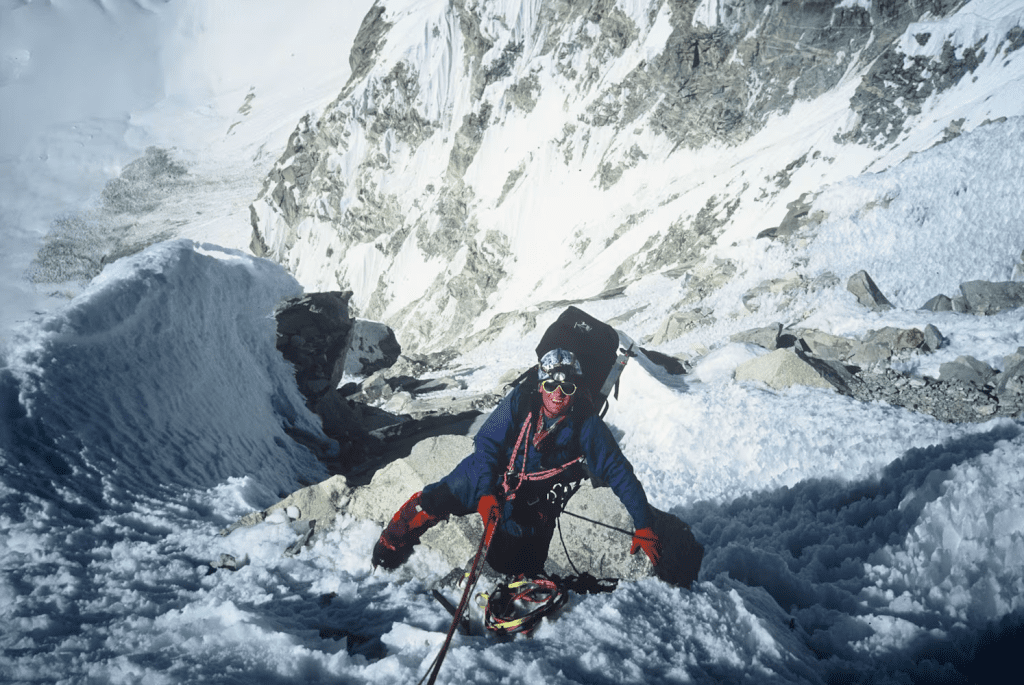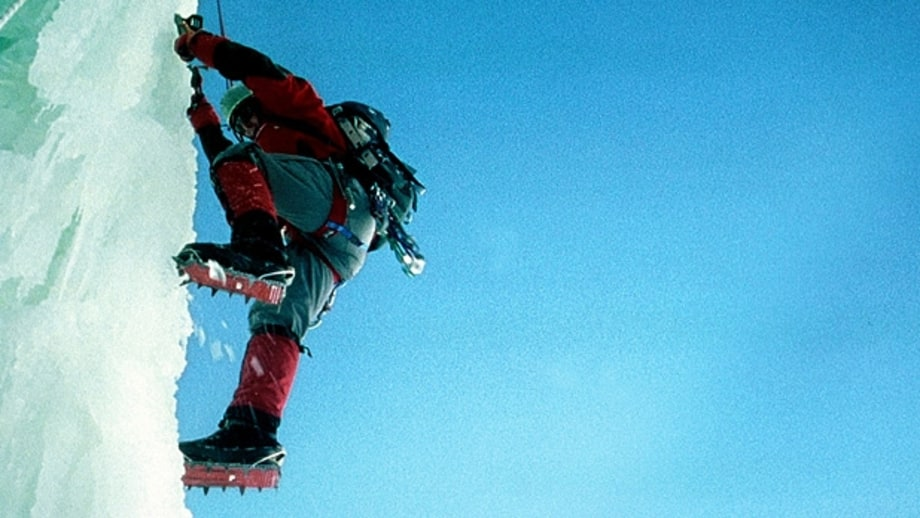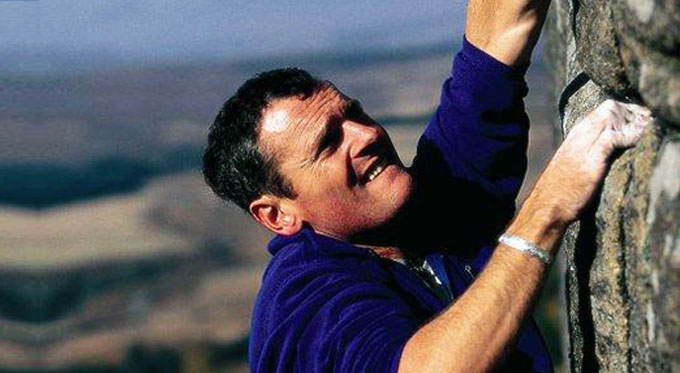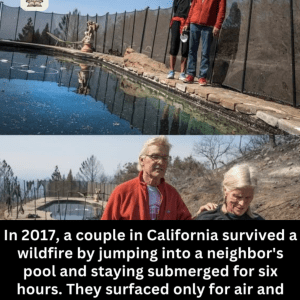In the summer of 1985, British mountaineers Joe Simpson and Simon Yates set out to conquer Siula Grande, a remote 21,000-foot peak in the Peruvian Andes. The two were experienced climbers, pushing themselves to the edge of human endurance on a mountain that had never been scaled via its treacherous west face. What began as a bold expedition would soon become one of the most harrowing survival stories ever told.
Their successful summit was short-lived. The real challenge came during the descent a descent that would leave one man hanging over a cliff, and another forced to make an impossible decision.

The Moment Everything Went Wrong
As the pair descended in worsening weather conditions, disaster struck. Joe Simpson slipped on a patch of ice and plunged down the mountainside, shattering his leg in the fall. In mountaineering, a broken leg at that altitude usually means certain death. But Simon Yates wasn’t ready to give up on his partner.
For hours, Yates painstakingly lowered Simpson down the mountain in stages, using their ropes. But a whiteout storm rolled in, visibility dropped to nothing, and they soon found themselves in a desperate situation. At one point, Simpson was dangling over a cliff with no way to climb up or signal his position. Yates held the rope for as long as he could, but his strength began to fade.

The Unthinkable Decision
Faced with a life-or-death dilemma risk being pulled over the edge with Simpson or cut the rope and try to survive Simon Yates made the most excruciating decision of his life. He cut the rope.
Video:
This survival story is unbelievable..
Simpson fell over 150 feet into a crevasse, disappearing into what seemed to be his icy grave. Believing his friend had died, Yates descended the mountain alone, devastated and emotionally shattered.
But the story did not end there.
Crawling Out of the Void
Joe Simpson was not dead. He had landed deep in a crevasse but miraculously survived the fall. With a broken leg, hypothermia setting in, and no food or water, he found himself trapped and alone, miles from base camp.
What followed was a display of human resilience that defies logic. Simpson crawled, dragged, and slid his broken body over ice fields, sharp rocks, and snow for three grueling days. He had no certainty Yates was alive or waiting. He had no map or clear sense of direction. But he had an unstoppable will to live.
On the third day, dehydrated, hallucinating, and barely conscious, Simpson reached the base camp just hours before Yates planned to leave.

A Story That Gripped the World
Joe Simpson’s survival became an instant legend in the climbing world. He later documented the ordeal in a bestselling memoir titled “Touching the Void.” The book was praised not just for recounting the events, but for its raw honesty and introspection about fear, pain, friendship, and survival.
Video:
Touching the Void Official Trailer #1 – Nicholas Aaron Movie (2003) HD
In 2003, the story was adapted into an award-winning documentary that combined dramatic re-creations with interviews. It drew global audiences and reignited conversations about ethics in climbing, trust between partners, and the limits of human endurance.
Beyond the Mountain
For both Simpson and Yates, the events on Siula Grande became life-defining. Though their friendship endured, each man had to live with his choices. Simpson went on to write more books, speak publicly, and reflect deeply on the meaning of survival. Yates continued climbing but also faced intense scrutiny for his decision to cut the rope even though many experienced mountaineers agreed it was the only rational choice in an impossible situation.
Their story remains not just a tale of survival, but a reminder of the fragility of life and the extraordinary strength of the human spirit.

Conclusion: Why “Touching the Void” Still Resonates
More than three decades later, “Touching the Void” still stands as one of the most remarkable real-life adventure stories ever told. It speaks to something deeply human the will to survive against overwhelming odds, the pain of making irreversible decisions, and the resilience that can emerge from tragedy.
Joe Simpson’s journey through ice, pain, and isolation is more than a survival story. It is a testament to courage, friendship, and the inner fire that refuses to go out even when all hope seems lost.


